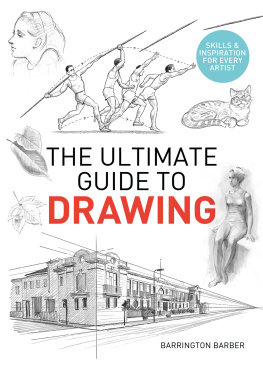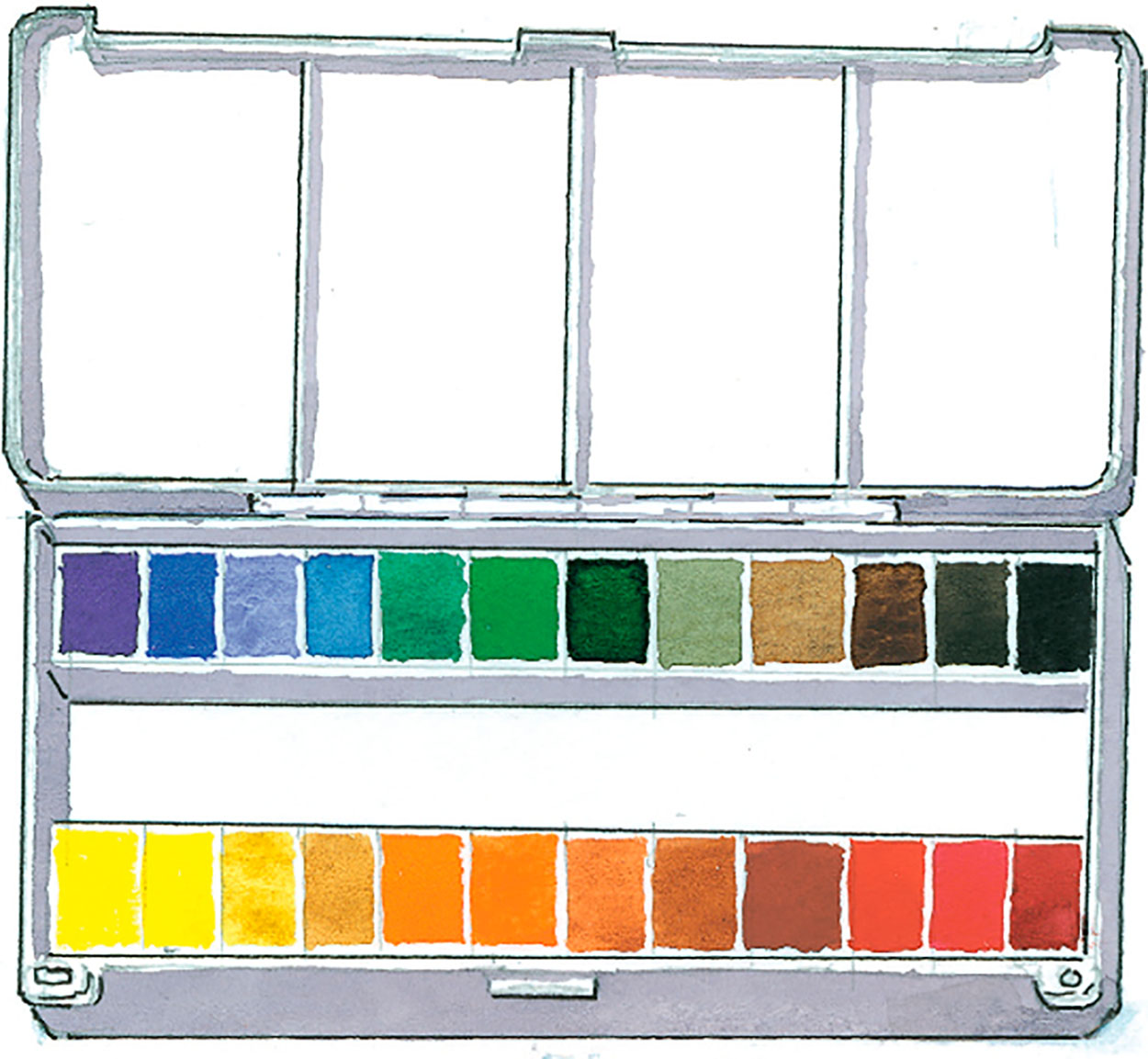Barrington Barber - Creative Drawing: A practical guide to using pencil, crayon, pastel, ink and watercolour
Here you can read online Barrington Barber - Creative Drawing: A practical guide to using pencil, crayon, pastel, ink and watercolour full text of the book (entire story) in english for free. Download pdf and epub, get meaning, cover and reviews about this ebook. year: 2020, publisher: Arcturus, genre: Art. Description of the work, (preface) as well as reviews are available. Best literature library LitArk.com created for fans of good reading and offers a wide selection of genres:
Romance novel
Science fiction
Adventure
Detective
Science
History
Home and family
Prose
Art
Politics
Computer
Non-fiction
Religion
Business
Children
Humor
Choose a favorite category and find really read worthwhile books. Enjoy immersion in the world of imagination, feel the emotions of the characters or learn something new for yourself, make an fascinating discovery.
- Book:Creative Drawing: A practical guide to using pencil, crayon, pastel, ink and watercolour
- Author:
- Publisher:Arcturus
- Genre:
- Year:2020
- Rating:4 / 5
- Favourites:Add to favourites
- Your mark:
Creative Drawing: A practical guide to using pencil, crayon, pastel, ink and watercolour: summary, description and annotation
We offer to read an annotation, description, summary or preface (depends on what the author of the book "Creative Drawing: A practical guide to using pencil, crayon, pastel, ink and watercolour" wrote himself). If you haven't found the necessary information about the book — write in the comments, we will try to find it.
This fully illustrated user-friendly guide by best-selling artist Barrington Barber reveals the skills required to meet the demands of drawing with a range of media. It demonstrates how we can develop our artistic abilities and respond to the world around us in a creative and absorbing way.
A step-by-step approach teaches techniques in handling coloured pencil, crayon, pastel, ink and watercolour
The essential skills required to record a variety of subjects are taught, including perspective and composition
The most popular practical art genres are covered, from still life, landscape and drawing animals to the human figure and portraiture
Encouraging and inspirational, Barrington Barber takes the fear out of learning while ensuring that his pupils are fully equipped to find their own style through the sheer joy of experimentation.
Barrington Barber: author's other books
Who wrote Creative Drawing: A practical guide to using pencil, crayon, pastel, ink and watercolour? Find out the surname, the name of the author of the book and a list of all author's works by series.



























